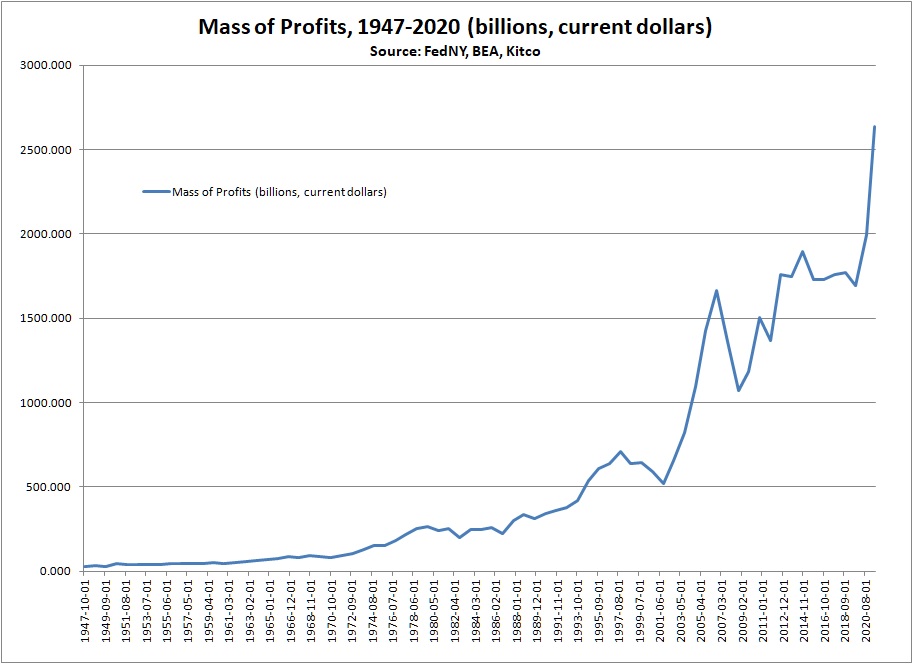
Simulations of epidemic spread show decline of infection with a schedule of 5 day lockdown and 2 work days every week. blue regions indicate periods of lockdown. parameters for the sir model are r_f=2.4 and r_l=0.3, infection lifetime 1/gamma=7 days.
In 2020, at the outbreak of the pandemic, four researchers, Omer Karin, Yael Korem, Boaz Dudovich and Uri Alon, came forward with a bold suggestion:
A weekly cycle of 2 work days and 5 lockdown days can provide a good tradeoff between minimising health impact and maximising economic activity. It can keep the infection load low while allowing a sustainable, albeit reduced, economy. It can eradicate the virus without reaching herd immunity, thus preventing a large number of deaths.
The researchers’ suggestion was ignored and we know how that turned out. In the United States alone, almost one million people are now dead.
In addition to solving the problem of climate change, reducing hours of labor seems to solve this never-ending pandemic as well.




